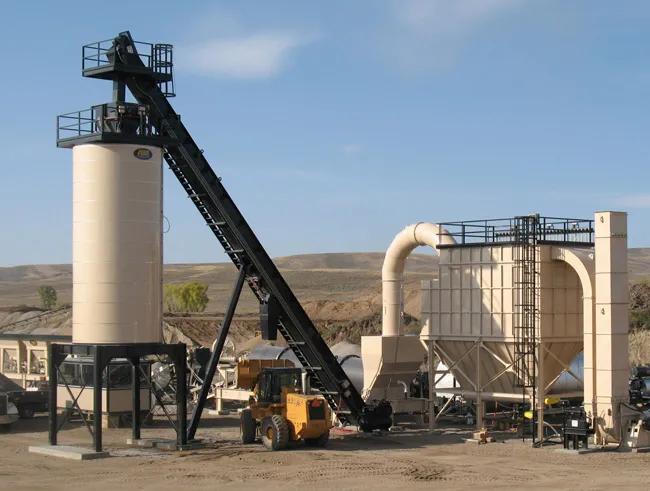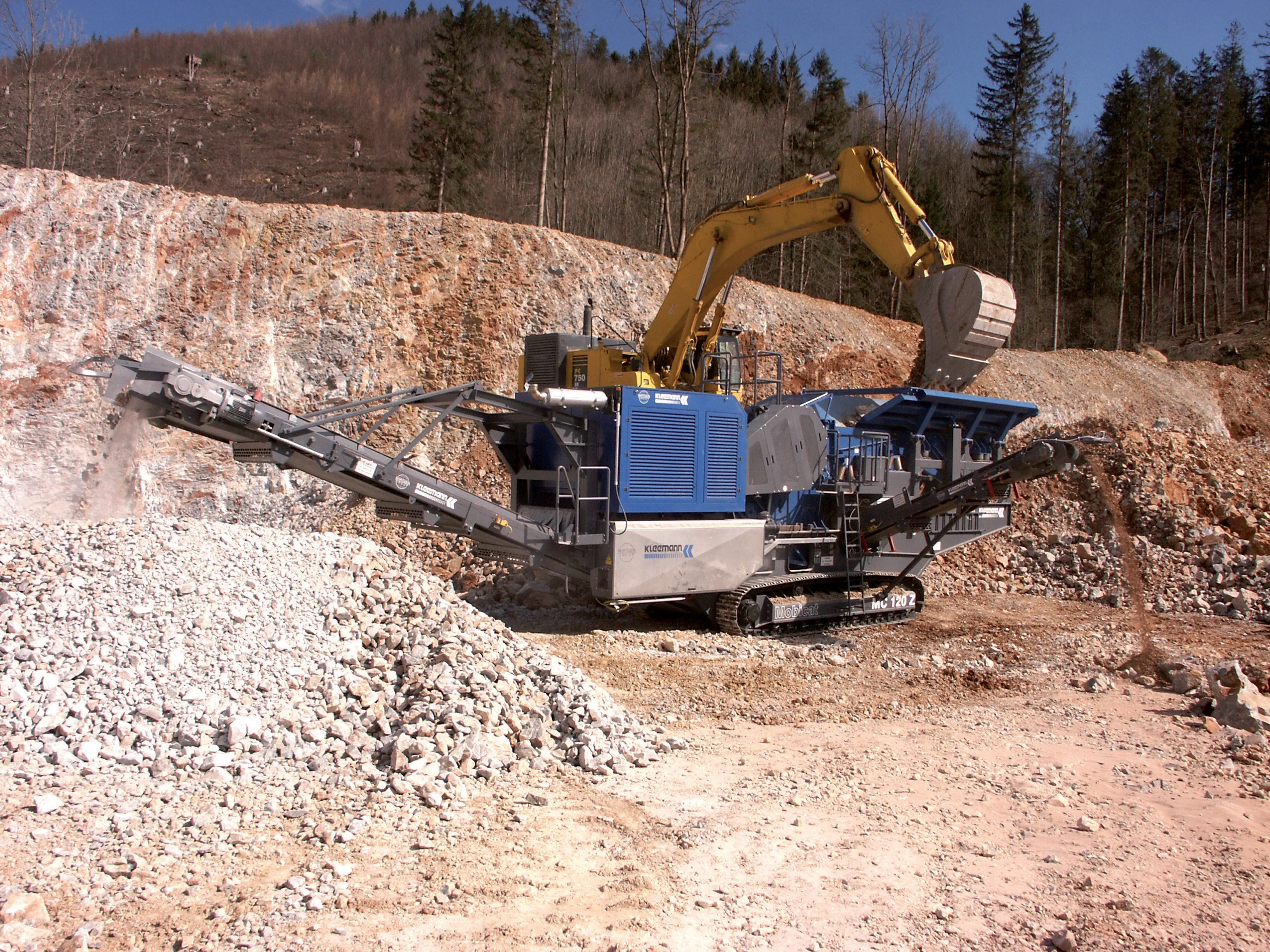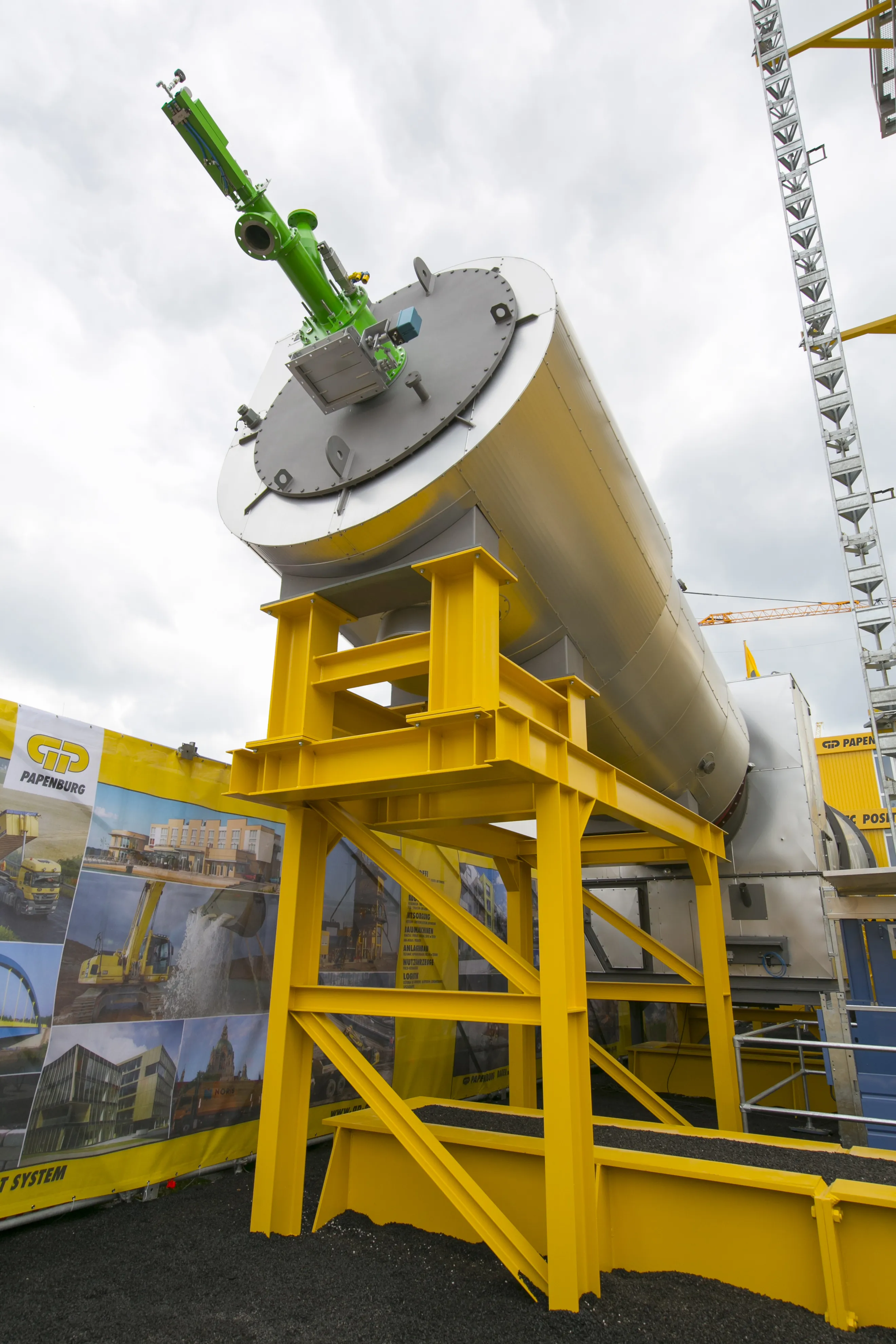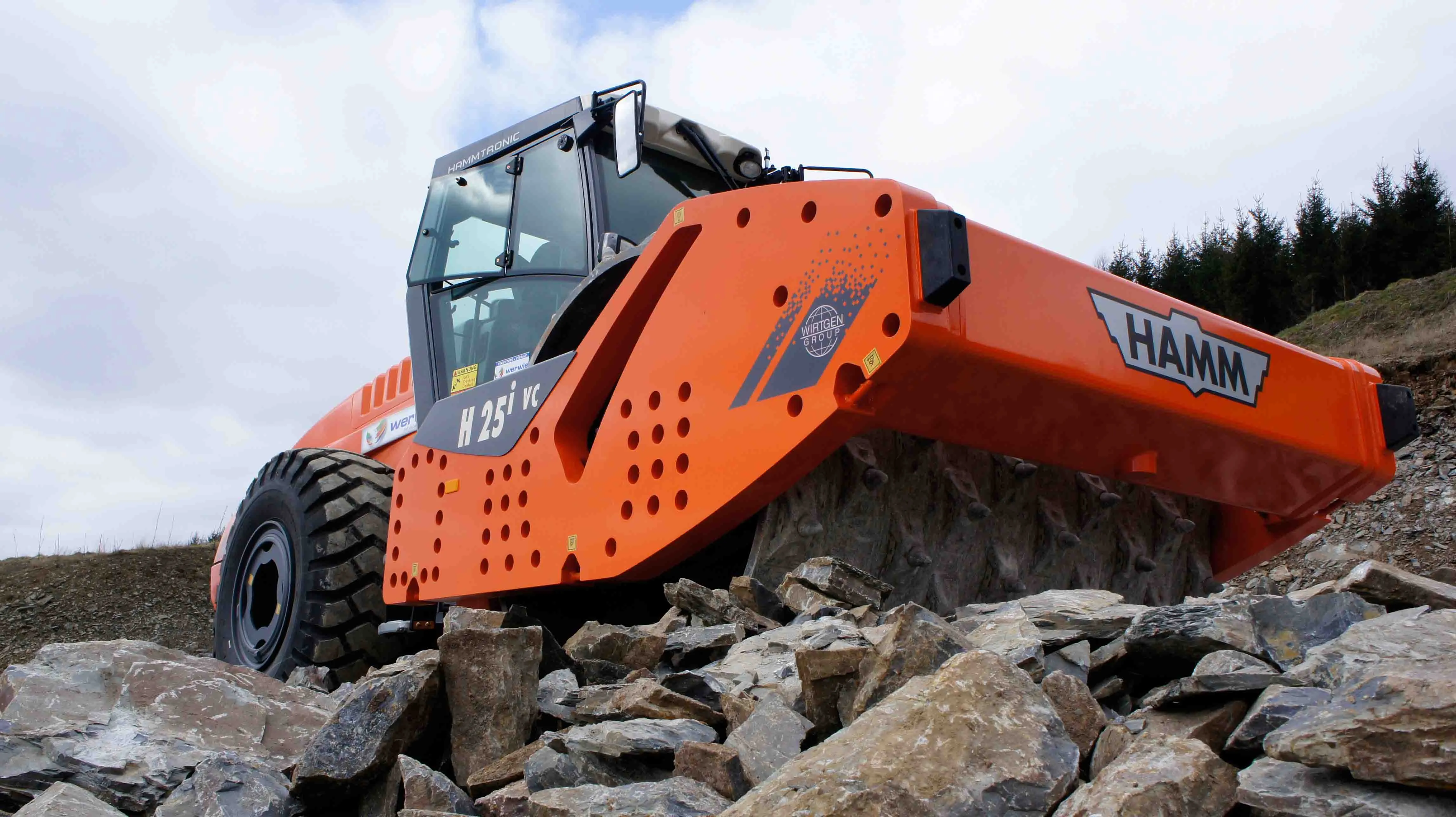Asphalt Drum Mixers says that its full line of drag slat conveyors can be used with all of its asphalt plants and offer high performance. ADM says a key feature too is that its conveyors can be used with plants from other manufacturers. The heavy-duty conveyors are said to offer long working life and can handle material transport ratings as high as 450tonnes/hour.
ADM says that it designs its conveyors for maximum durability by using reinforced weld-on slats and chrome carbide wear liners on the slat floo
October 18, 2018
Read time: 2 mins

ADM says that it designs its conveyors for maximum durability by using reinforced weld-on slats and chrome carbide wear liners on the slat floor and along the sidewalls. The conveyors have a segmented sprockets design, which allows for access to the stairways, handrails and maintenance platforms.
Full-length hinged steel casing covers come standard on the drag slat conveyors and optional blue-smoke recovery systems mount on the conveyor to reduce emissions from silo tops. The firm customises its drag slat conveyors to meet user needs by offering either formed-steel or all-welded bridge beam construction. Customers can choose between a single- or double-hardened steel roller chain.









